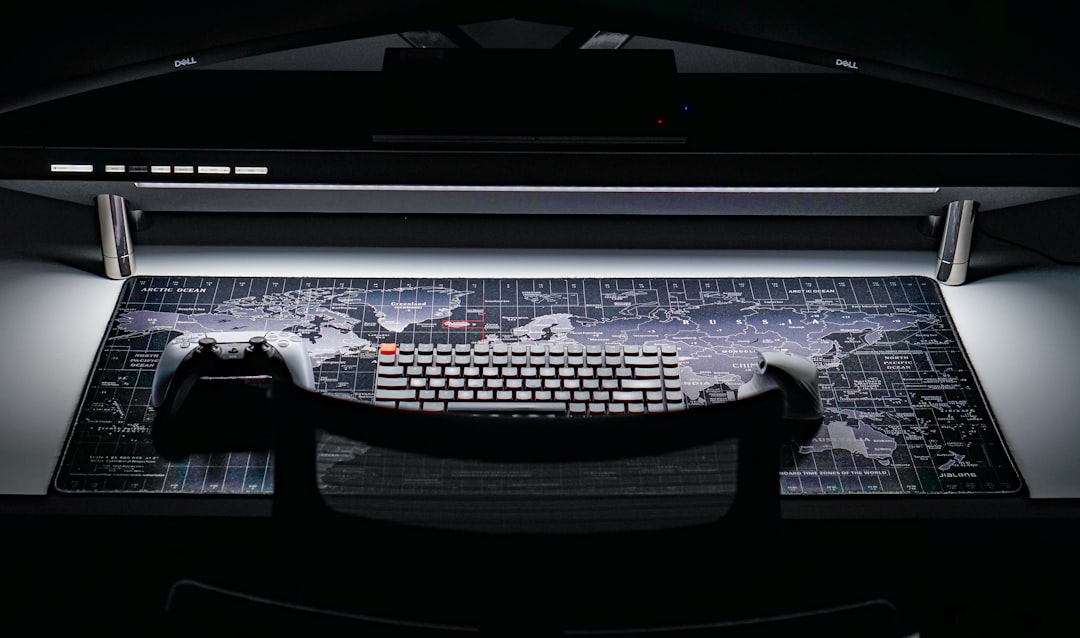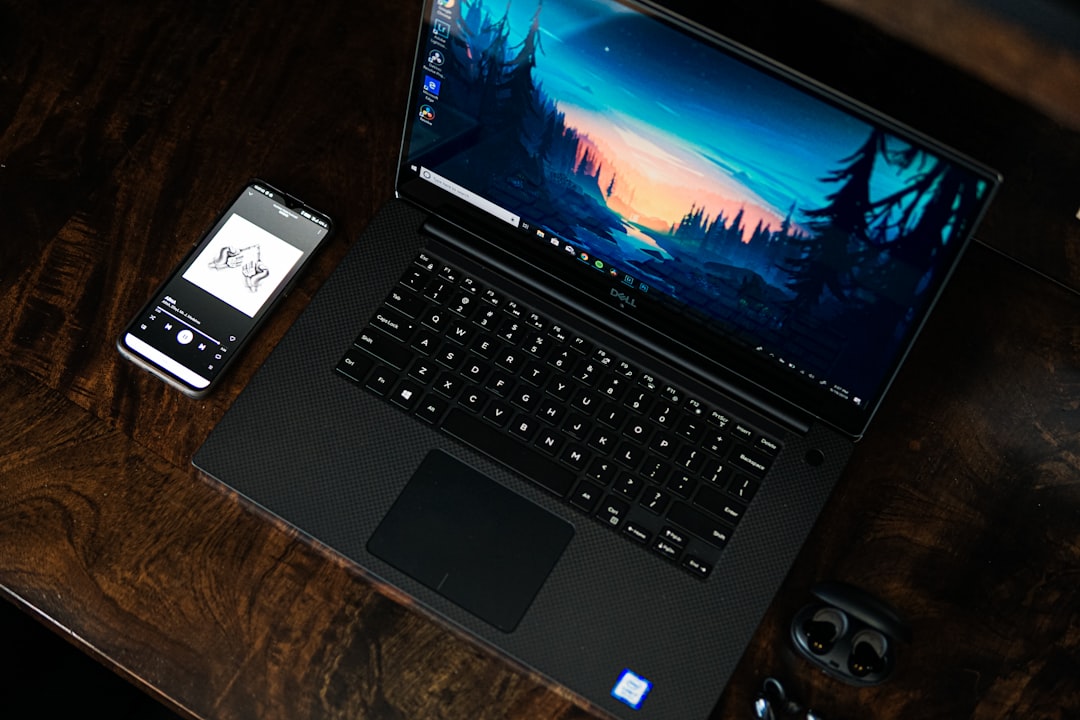If your Lenovo laptop powers on but displays a blank or black screen, it’s a frustrating experience that can send waves of panic. Your work, personal data, or important projects may seem out of reach. However, this issue is fairly common and may not signal a catastrophic hardware failure. Understanding the possible causes and following a methodical troubleshooting approach can often help resolve the problem effectively.
Common Reasons for No Display on Lenovo Laptops
When your Lenovo laptop turns on but does not display anything on the screen, several potential problems could be at play. Some are minor and easily fixable, while others may require professional intervention. Here are some of the most frequent causes:
- Display brightness turned all the way down
- Loose or damaged internal display cable
- Faulty RAM or improperly seated memory modules
- External devices or peripherals interfering with the boot process
- Graphics card or motherboard issues
- Corrupted BIOS or firmware
- Backlight failure in the screen
Basic Troubleshooting Steps
Before jumping to conclusions, it’s important to eliminate the most basic possibilities:
- Check the Screen Brightness: Tap the brightness up key (usually F7 or F6) while holding the Fn key to ensure the screen isn’t simply dimmed too much.
- Connect to an External Monitor: Plug an HDMI or VGA cable into your laptop and an external monitor. If the content displays on the monitor, the issue may be limited to your laptop’s screen or internal connections.

- Inspect for Loose or Faulty RAM: Faulty or badly seated RAM is a common cause of blank screens. Power off the laptop, remove the battery, open the back panel, and re-seat or replace the RAM modules.
- Remove External Devices: Disconnect any USB peripherals, docking stations, or memory cards, and then restart the laptop. Occasionally, third-party devices can cause boot conflicts.
Perform a Hard Reset
In some situations, a hard reset can restore your display:
- Shut down the laptop completely.
- Remove the battery (if removable) and disconnect the power adapter.
- Press and hold the power button for at least 30 seconds to discharge residual electricity.
- Reconnect the battery and power supply, then try booting up the laptop again.
This can help clear glitches or power issues that affect internal hardware initialization.
BIOS and Firmware-Related Issues
If there’s still no display, it’s worth checking whether the BIOS could be causing the issue. If you can see the Lenovo logo but nothing beyond it, corrupted firmware might be the culprit. Perform a BIOS reset using steps from the Lenovo support portal, or boot into recovery mode if you’re able to get any visuals at all during startup.
For newer Lenovo laptops with embedded EC (Embedded Controller) memory, resetting the EC can occasionally resolve boot/display issues.
Backlight or LCD Failure
A laptop screen may remain black because of a failed backlight. While the display might still be functioning at a very low brightness, it could be nearly invisible to the human eye. Hold a flashlight close to the screen to check for faint images. If you can see icons or your desktop, the backlight is likely the issue, and the screen—or the inverter board—may need replacement.

When to Seek Professional Help
If all of the above methods fail, and you are not comfortable opening your laptop or running diagnostic tests, it is advisable to contact a certified Lenovo technician. The problem could be with the motherboard, GPU, or other complex internal components not easily serviced at home.
Preventing Future Display Problems
While some hardware problems are unavoidable, there are steps you can take to minimize the risk:
- Always update your BIOS and drivers according to Lenovo’s official support site.
- Keep the laptop out of high-humidity, high-dust environments.
- Allow proper ventilation during heavy use to avoid overheating.
- Use a surge protector when charging to prevent electrical damage.
Conclusion: A Lenovo laptop turning on without displaying anything can stem from a number of causes. Identifying the root of the issue requires patience and a systematic approach. Begin with the simple fixes—like display checks and hardware resets—before moving on to more complex solutions or professional support. With the right steps, many users can get their device up and running without the need for complete hardware replacement.
